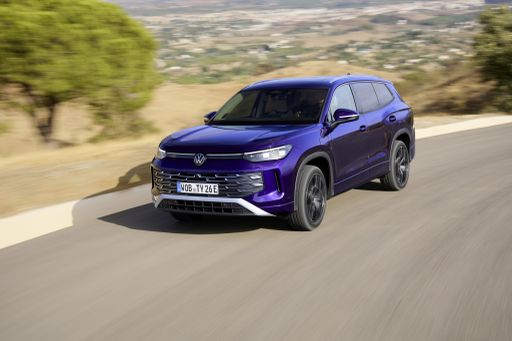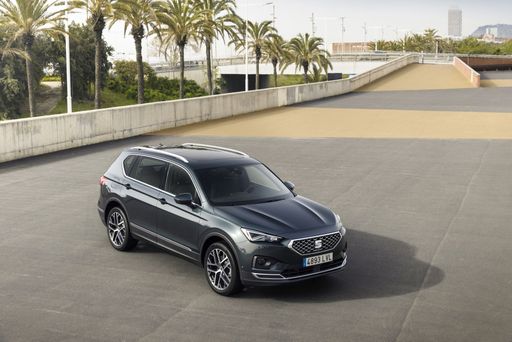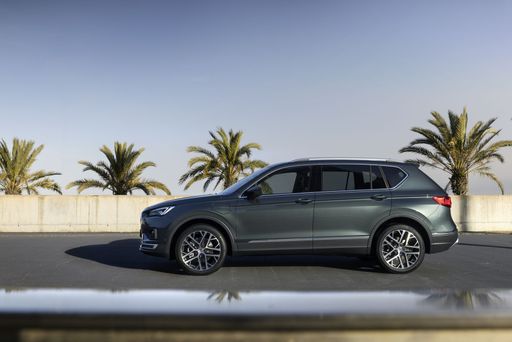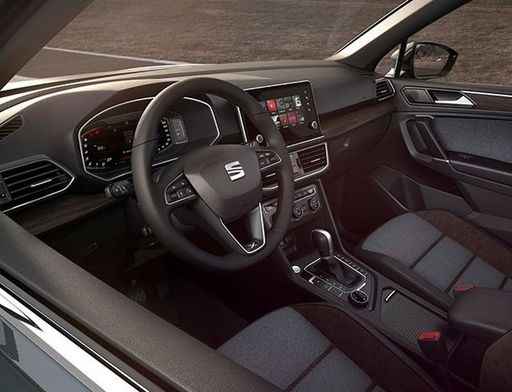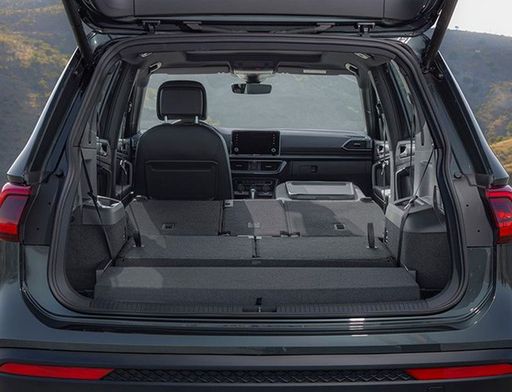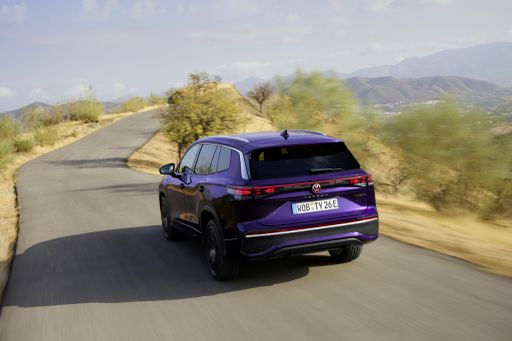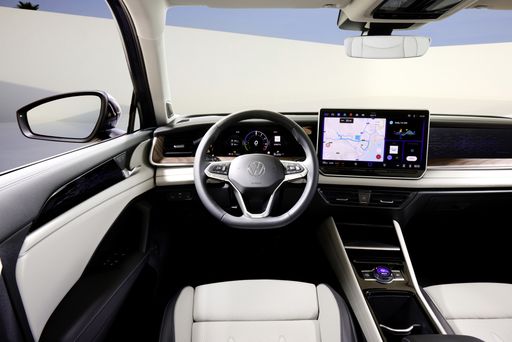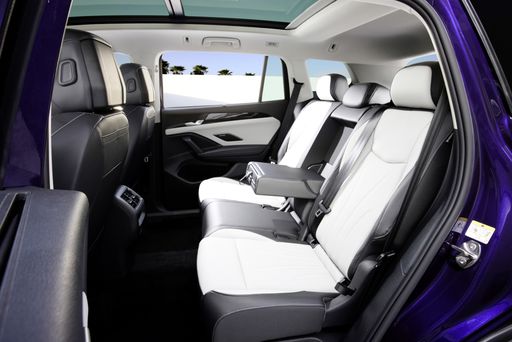Introduction: A Comparative Look at SEAT Tarraco and VW Tayron
In the competitive world of SUVs, two models stand out for their blend of performance, practicality, and innovative features: the SEAT Tarraco and the VW Tayron. Both vehicles are built on the same platform and share many components but offer distinct identities that cater to different preferences. In this comparison, we will delve into their technical specifications, performance aspects, innovations, and overall appeal to help potential buyers make an informed decision.

